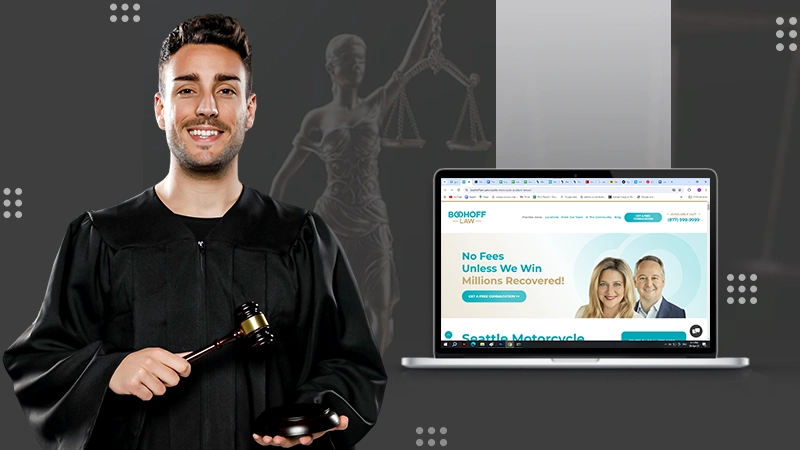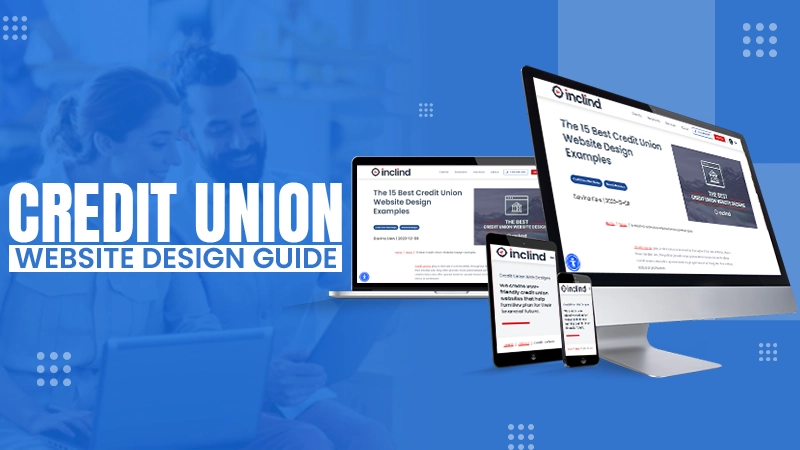Top Mistakes Educators Must Avoid When Designing An Online Course


Every teacher who wants to create a successful online course faces some type of design roadblock.
After all, educators are not tech experts, but at the same time sharing knowledge is their ultimate goal.
If you are also planning to launch a study guide on an online platform, many questions will be on your mind.
Connecting to students over the internet may seem easy because of several social media channels. However, a robust strategy is needed to make an educational platform profitable.
Before you hit the launch button on your website, just take a raincheck to avoid these mistakes educators usually make when designing an online class.
Unstructured Course Content
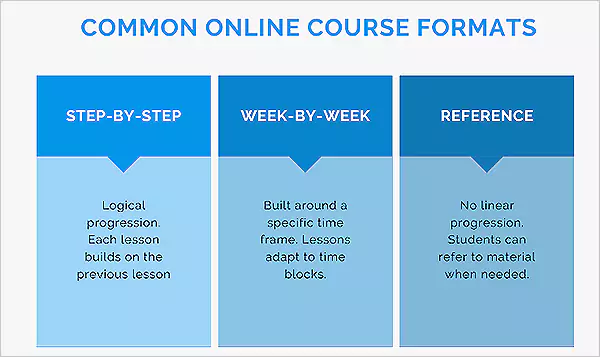
One of the biggest and most common mistakes educators make when they build online courses is starting without a proper structure or flow of class content.
Merely covering a list of topics isn’t sufficient. Here’s how you can bring more structure and keep lesson plans organized.
- You must inform the prospective students about the order in which you’ll be administering the lessons.
- Mention the number of minutes or hours dedicated to every lesson, and the subtopics covered.
- The learning objectives of every unit or lesson should be clear before proceeding further to the next chapter.
- This information can be shared with all the interested students before they sign up for the plan.
- It assures learners of the quality and credibility of your online class system.
Ignoring Student Engagement
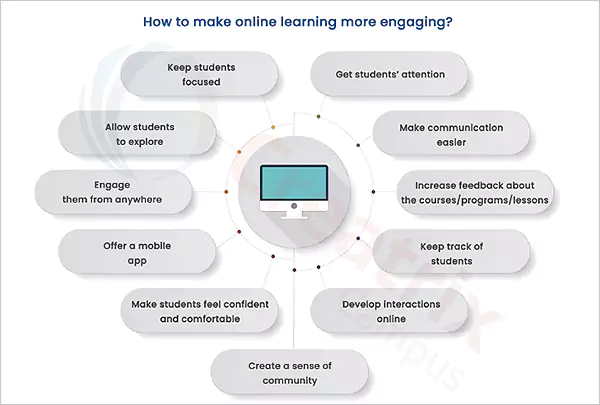
Students learn and retain more when they’re taught using interactive mediums.
Boring lessons were never popular among learners, and the expectations with digital teaching aids are much higher.
If your class lacks good video/ graphics, interactive quizzes, or games, it won’t appeal to the audience.
Fast Fact
According to a survey, 63% of students in the US engage in online learning activities daily.
Not Addressing FAQs
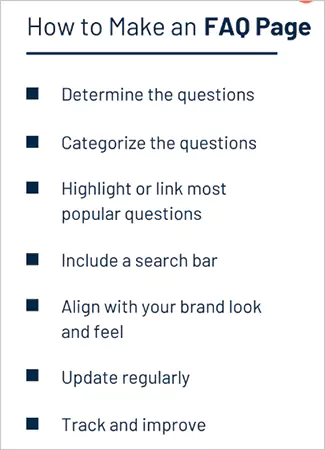
With online classes, comes a greater level of flexibility, and your prospective students may be clueless about how things work.
They might be confused regarding the eligibility requirements, the technical requirements, timings, etc.
It’s better to list all the doubts and post the answers in a FAQ section on your class website.
Some of the common questions that you should include in your FAQ section are:
- Can I learn at my own pace?
- Are you accredited or licensed by a reputed educational institute?
- What type of assignments do you give?
- What are the requirements to sign up for your study course?
Not Including Progress Tracking
An online system, especially one that allows students to learn at their own pace, should offer tracking of the learning progress.
Not including this feature can leave your learners uninformed about how well they’re keeping up with the class.
Here are the benefits of integrating a progress-tracking system in an online course:
- It improves learning outcomes and encourages more parents to enroll their children in your course.
- Personalized learning experience creates a more holistic studying environment.
- It also improves instructional practices on the basis of feedback received from the students.
- With increased student engagement and communication there are fewer chances of dropping out midway through the course.
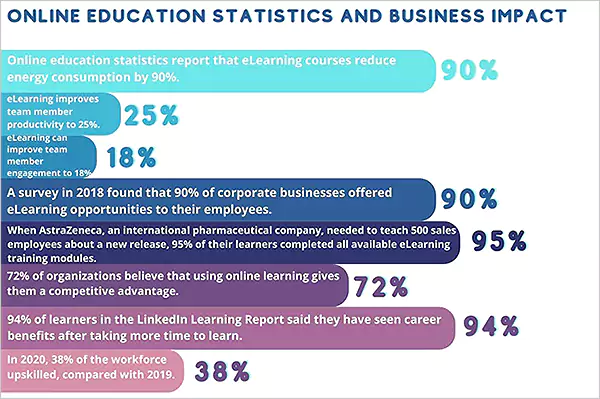
According to an online education statistics report, students believe e-learning courses reduce energy consumption by 90%.
Not Giving Away Reference Reading Materials
Video tutorials are in high demand and a lot of administrators allow enrollees to download videos for lifetime access to study materials.
However, the video format may be inconvenient for learners when they want to brush up on the basics quickly.
You must include some printable PDF learning materials or guide them to reference books or journals so they can supplement their learning.
Not Coming Up With Strategic Pricing
There are several pricing strategies you can choose from for the class. It depends on the class structure, the number of students, and the grade level of the learners.
For example, you can offer long-term plans, a monthly subscription, or a lump sum fee.
For short-term ones, you can quote a fee for accessing the material for a specific duration.
Either way, be careful not to quote a fee that’s too high or too low as compared to your competition.
Consider a few things like creating a pricing structure, a revenue goal, certificates or badges, and course format and length.
Do You Know?
Reports have revealed that the online learning industry continues to grow rapidly with the U.S. market predicted to expand
$686.9 billion by the year 2030.
Not Including Tests And Scoring
When offering a course with professional certification, a well-designed class must have objective questions-type tests with scores at the end of every learning module.
This helps learners gauge their knowledge and decide if they need to spend some more time on particular topics.
Also, enrollees must have the option to raise doubts from the teachers after completing the tests.
A final test at the end of the course is also necessary for a student’s self-assessment.
Conclusion
Designing an online course may seem challenging at first, even to the most talented educators and subject-matter experts.
Committing these common mistakes when creating the course can ruin your efforts and affect your credibility.
You can follow the suggestions mentioned here to avoid the common pitfalls and pay attention to the little details to make your course comprehensive and informative.
This way, you can establish yourself as a top educator with a successful online course that guides students toward a bright future.





